

Organic Seminar
Friday, December 9, 3:30 - 4:30pm, WEL 2.122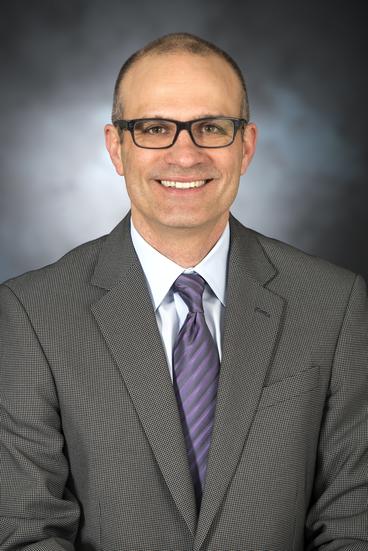
Professor
University of Minnesota
From Group page: We strive to establish structure-property relationships and to discover and develop technologically important applications of polymers. We use modern polymer synthesis techniques that include various controlled polymerizations and selective polymer modifications, and these synthetic efforts provide the foundation for most projects. Ultimately, we aim to combine contemporary polymer synthesis with detailed molecular, morphological and property characterization to expand our knowledge of fundamental polymer science and advance new technologies.
Analytical & Physical Seminar
Wednesday, December 7, 3:30 - 4:30pm, WEL 2.122
Associate Research Fellow
Academia Sinica
Abstract: During the past few years, control of chemical processes by a vacuum electromagnetic field has received considerable attention because the entry of quantum electrodynamics into chemistry is a wholly new concept and a huge breakthrough in basic science. Quantum light can affect molecules in a variety of aspects. In this talk, I will introduce my recent research progress in three directions (i) molecular fluorescence, (ii) resonance energy transfer, and (iii) electron transfer. First, in the framework of macroscopic quantum electrodynamics, we developed a unified theory of molecular fluorescence, which allows us to describe the dynamics of molecular fluorescence coupled to quantum light from weak to strong light-matter couplings (from Franck-Condon to polariton regimes) in a complicated dielectric environment. Based on this theory, we showed an interesting phenomenon called Franck-Condon-Rabi oscillation, and derived a parameter-free formula which can be used to estimate the exciton-polariton coupling for single molecules in a nanocavity. Our theory is in good agreement with the reported experimental results [Chikkaraddy et al., Nature 535, 127-130 (2016)]. Second, we derive an explicit Förster-type expression for the rate of plasmon-coupled resonance energy transfer (PC-RET). The proposed theory is general for resonance energy transfer in the presence of materials with any space-dependent, frequency-dependent, or complex dielectric functions. In addition, the theory allows us to develop the concept of a generalized spectral overlap (GSO) (the integral of the molecular absorption coefficient, normalized emission spectrum, and the plasmon coupling factor) for understanding the wavelength dependence of PC-RE. Third, we derived an explicit expression for the rate of radiative ET and developed the concept of “electron transfer overlap”. We found that quantum electrodynamical effects can significantly enhance the rate of electron transfer (ET) reactions by several orders of magnitude in the absence of cavities, which is implicitly supported by experimental reports. We believe that our finding will provide new insights into fundamental chemical principles, with promising prospects for QED-based chemical reactions.
Organic Seminar
Monday, December 5, 3:30 - 4:30pm, WEL 2.122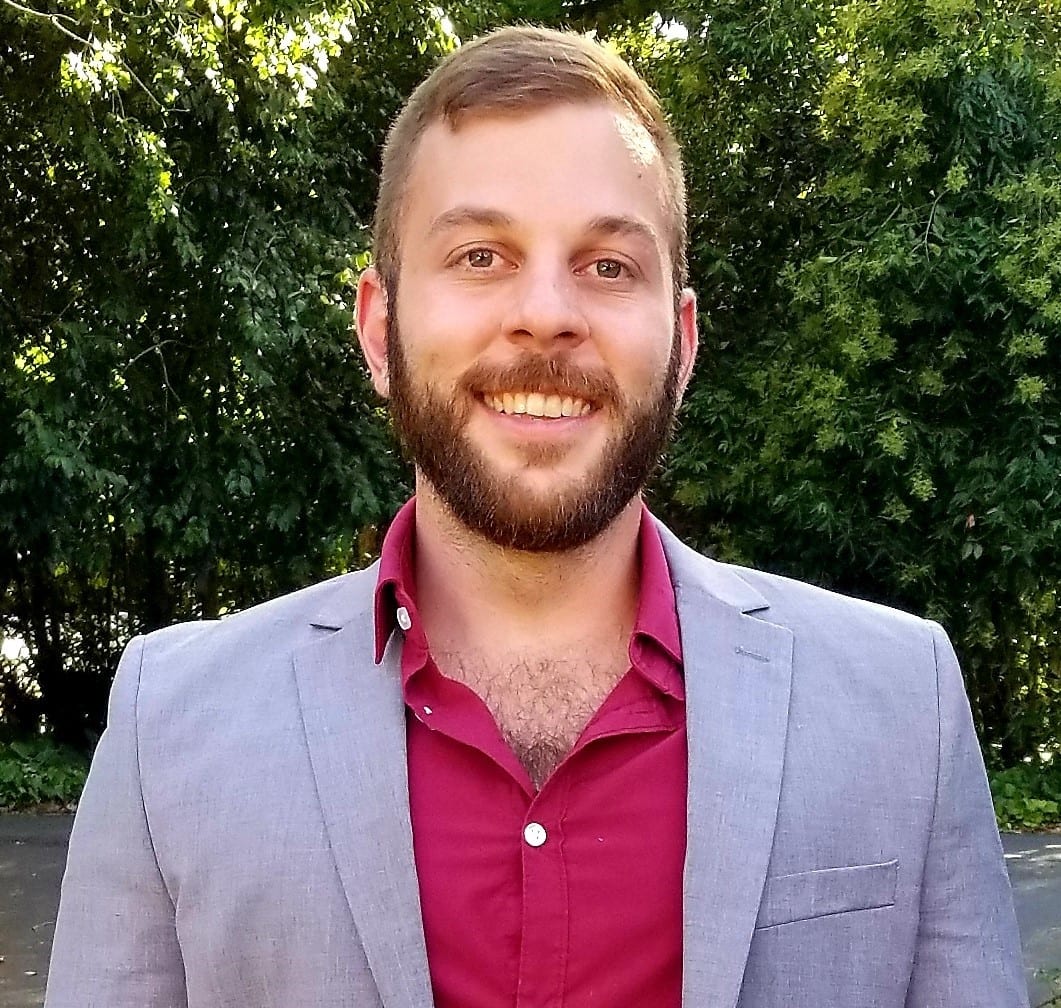
Assistant Professor
UMass Lowell
Abstract: Traditional polymer self-assembly approaches take advantage of amphiphilic macromolecules introduced into selective solvents to generate colloidal polymer nanomaterials at relatively low concentrations (~0.1 wt%) limiting the overall scalability of these bottom-up nanofabrication methods. The advent of in situ self-assembly approaches, however, have provided tractable means to generate streamlined methodologies for fabricating polymer nanostructures at high solids content (ca. 5 – 79 w%) directly upon polymerization of insoluble polymer segments. In particular, so-called polymerization-induced self-assembly (PISA) protocols have established unique advantages to in situ, scalable fabrication of shape-tunable polymer nanostructures. In the Reuther lab, we have developed novel procedures for PISA combined with photo-controlled atom transfer radical polymerizations (PhotoATR-PISA) to generate shape-tunable, functional polymer nanoparticles in a scalable fashion extending applicable solids content for PISA to nearly 80 w%. Using various chemistries, these polymer nanoparticles can be rapidly crosslinked together in one pot to form porous nanoparticle networks which act as potent adsorbents for water treatment applications. Introduction of dynamic covalent inter-nanoparticle crosslinks facilitates reconfigurable, nanoparticle covalent adaptable networks (NanoCANs) capable of facile and sustainable adsorbent regeneration using various stimuli. Furthermore, the extension of PISA to crystalline, rod-coil block copolymers has enabled the in situ fabrication of anisotropic 1D and 2D nanomaterials via polymerization-induced crystallization-driven self-assembly (PI-CDSA). Our group has, for the first time, applied these methodologies to the scalable fabrication of chiral nanomaterials facilitated by Asymmetric PI-CDSA protocols synthesizing helical, insoluble poly(aryl isocyanide) materials in selective solvents from soluble, PEG-based Ni(II) macroinitiators. This provides a tunable, bottom-up nanofabrication procedure for size-controllable, uniform 1D twisted nanofibular, 2D hexagonal nanosheet and 3D stacked helicoid morphologies with efficient chirality transfer across multiple length scales and in multiple dimensions leading to large amplifications in chiroptical response.
Organic / Chemical Engineering Seminar
Rowland Pettit Centennial Visiting Professorship
Friday, December 2, 3:30 - 4:30pm, WEL 2.122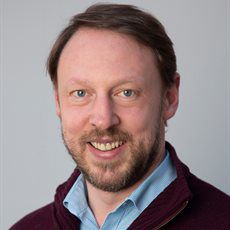
Professor
University of Birmingham (UK)
Abstract: Nature has evolved the ability to create large and complex molecules in which the precise control over both the sequence and spatial arrangement of the atoms is critical to their performance. The 3-dimensional control over the arrangement of bonds is as important to the function and behaviour of molecules as any other factor and is critical to the structure-function relationships that occur within biological systems. Specifically, the advantageous mechanical properties of most commodity plastics are intimately connected to their low glass transition temperature and crystallinity, the latter of which can be modulated by stereochemistry of the polymer. For polypropylene (PP), stereochemical control of the pendant methyl group on the polymer backbone (isotactic, or alternating bond orientation) contributes to its useful properties. While this concept has similarly been leveraged to improve the thermomechanical properties (i.e. increase the melting temperature or tensile modulus) of bioplastic polyesters (e.g. polylactic acid (PLA)) these materials are incessantly plagued by brittleness, lacking the flexibility and toughness of petrol plastics. By controlling the stereochemistry of polymer backbones, much more significant changes to polymer mechanics can be achieved. The most well known example is stereochemical differences between natural rubber (poly(cis-isoprene)) and Gutta percha (poly(trans-isoprene)), which lead to a complete change in physical properties from an elastomeric to plastic material. Despite this being well known, the state of the are in synthesis has not made it possible to readily exploit this effect more widely. To this end, our work has focused on developing polymerization methods that can result in materials in which the stereochemistry can be used to leverage a wide range of materials properties, in both linear polymers and networks, with a high level of tuneability.
Analytical, Physical and ChemBio Seminar
Thursday, December 1, 3:30 - 4:30pm, WEL 2.122
Professor
Hebrew University of Jerusalem, The Alexander Silberman Institute of Life Sciences
Abstract: The NEET proteins are unique iron-sulfur proteins where their [2Fe-2S] clusters have a rare 3Cys:1His clusters’ coordination. The presence of a histidine coordinator residue on the surface of the NEET proteins facilitates the lability/transfer of their [2Fe-2S] clusters. We showed that the [2Fe-2S] clusters of the NEET proteins and their ability are controlled by the redox state of the [2Fe-2S] clusters and that they can be released only under an oxidized state. Unfortunately, oxidative conditions are the blueprint of numerous diseases (e.g. cancer, metabolic diseases, and progressive neurological disorders)1. In these pathophysiological conditions, aberrant clusters lability/release from the NEET proteins can occur, and the latter probably supports the development and the progression of the diseases. Understanding the mechanisms underneath the NEET [2Fe-2S] clusters release will allow us to develop new therapeutic approaches to treat these diseases. Our studies used density functional theory (DFT) calculations, molecular dynamics (MD) simulations, and in vitro experiments on the reduced and oxidized forms of NEET proteins [2Fe-2S] clusters to obtain insight and detailed comparison between the two redox states of the human NEET proteins. Moreover, the seminar will describe the role of the NEET proteins in managing cellular levels of [2Fe-2S] clusters and the therapeutic activities of a part of the NEET NAF-1 (CISD2) protein. A peptide, a fragment of NEET, serves as an anticancer drudge as was illustrated by experiment and Molecular Dynamics simulations.
Organic / Chemical Engineering Seminar
Friday, November 18, 3:30 - 4:30pm, WEL 2.122
Associate Professor
MIT
Abstract: Polymer nanocomposites (nanoscale filler particles embedded within a macromolecule matrix) constitute attractive platforms to precisely modulate a material’s chemical and physical properties, as the disparate characteristics of these two components can be combined to achieve properties not exhibited by either component alone. While such composites potentially offer a massive design space to tailor material performance, in practice there are severe restrictions that arise from uncontrolled or unfavourable interactions between the filler and matrix. Moreover, many desirable properties depend on the 3D organization of constituent materials as much as their relative compositions, requiring that the composite structures be hierarchically organized across the atomic, molecular, nano-, micro-, and macroscopic scales. Addressing these challenges in materials chemistry requires new molecular, macromolecular, and nanoparticle building blocks to address fundamental questions on materials design, synthesis, and processing. Important targets would include high inorganic content composites, the formation of specific nano- or meso-scale ordering within a composite, and tailored microstructural features; each of these would permit new applications for composites in biomedical, energy, structural, and transportation-related technologies. In this seminar, I will highlight our recent work exploring pathways to designing nanocomposites via the integration of supramolecular chemistry, polymer synthesis, and materials processing. Our group has established a suite of “brush particles” that are inherently composite architectures containing rigid inorganic particle cores, soft polymer brush coatings, and supramolecular binding groups that dictate interactions between the polymer and nanoparticle components. I will outline the advancements that guide our thinking about composite synthesis, underscore key design motifs for brush particle-based nanocomposites, and detail how materials chemistry and processing permit the formation of materials with controlled hierarchical organization across 7 orders of magnitude in length scale simultaneously.
Inorganic / ChemBio Seminar
Wednesday, November 16, 3:30 - 4:30pm, WEL 2.122
Professor
UC Berkeley
Abstract: Traditional strategies for developing selective sensors and imaging reagents rely on molecular recognition and static lock-and-key binding to achieve high specificity. We are advancing an alternative approach to chemical probe design, termed activity-based sensing, in which we exploit inherent differences in chemical reactivity as a foundation for distinguishing between chemical analytes that are similar in shape and size within complex biological systems. This presentation will focus on activity-based sensing platforms to visualize dynamic fluxes of metals and reactive oxygen species and their signal and stress contributions to living systems, along with activity-based proteomics probes to identify novel targets and pathways that these emerging classes of single-atom chemical signals regulate, including the first examples of metalloallostery.
Organic Seminar
Monday, November 7, 3:30 - 4:30pm, WEL 2.122
Assistant Professor
University of Houston
Abstract: Natural alkaloids and synthetic amines provide a wide range of bioactivities, and their synthetic elaboration remains a prolific source of new medicines. This talk will describe new methods we have developed for the synthesis of basic amines using hydrogen-atom transfer and photocatalysis. In particular, we have developed an intermolecular sp3 C-H amination protocol that delivers primary ammonium salts (R-NH3Cl) in one pot upon aqueous workup. Mild conditions, good site selectivity, and reactivity on unactivated sp3 C-H bonds distinguish our method from other radical C-H amination reactions. We have also developed an efficient system for imine triplet photochemistry, which provides primary amines by aminoalkylation of sp3 C-H bonds. This protocol is highly amenable to coordinating, redox-sensitive, and protic substrates, and this complements existing organometallic or photoredox conditions for imine alkylation. Finally, I will describe the covalent modification of commodity polymers, a process that promises new biocompatible and high-performance materials
Organic Seminar
Friday, November 4, 3:30 - 4:30pm, WEL 2.122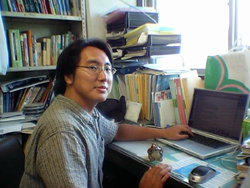
Associate Professor
Gifu University
Abstract: Recently, ring-fused π-conjugated NHC species, imidazo[1,5-a]pyridilydene, attracted significant attention as a catalyst ligand. The NHC can construct a very similar steric environment as Buchwald-type phosphine ligands. Also, the electronic nature can be readily controlled owing to the π-conjugated system including vacant p-orbital on carbene carbon, particularly on accepting character by simple introduction of substituents. We investigated the effect of these natures on catalysis and found that the electronic nature significantly affects catalytic activities on several reactions. These details will be discussed in this talk.
Inorganic Seminar
Wednesday, October 26, 3:30 - 4:30pm, WEL 2.122
Professor
University of Tennessee Knoxville
Abstract: Compounds with unpaired electrons are of intense current interest as candidates for single-molecule magnets (SMMs) or qubits (quantum bits). Challenges in probing magnetism of the compounds include: Determination of magnetic excited levels in the molecules, as magnetic peaks often overlap with those of lattice and molecular vibrations (known as phonons); Magnetic relaxation of molecules through spin-phonon couplings. For example, zero-field splittings (ZFS) in d-metal complexes and intra-manifold separations in f-metal complexes are critical properties of SMMs. There are few techniques to directly measure large magnetic separations(>30 cm-1). We have recently used far-IR magneto-spectroscopy (FIRMS), Raman magneto-spectroscopy, and inelastic neutron scattering (INS), among others, to probe molecular magnetism. The studies have led to successful spectroscopic determination of large magnetic separations in SMMs, including Co(acac-d7)2(D2O)2(acac = acetylacetonate), Co(14-crown-4)22+, Er[N(SiMe3)2]3, and a coordination polymer. The spectroscopies also reveal spin-phonon couplings between the magnetic excitations and vibrational peaks.
Anslyn, Iverson, Sessler Lectureship in Chemistry
Friday, October 21, 2:30 - 3:30pm, NHB 1.720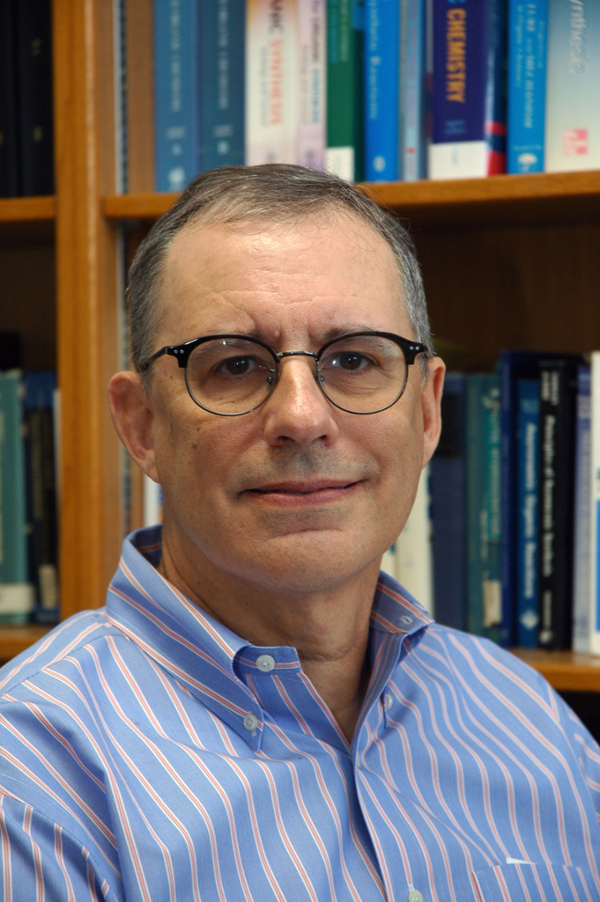
Professor
Michigan State University
Abstract: In collaboration with Mitch Smith, our respective students, and other colleagues, we have worked to advance our understanding of Ir-catalyzed CH borylation regiochemistry. In earlier reports, we demonstrated that in situ generation of N–Bpin and O–Bpin bonds on heteroarenes, anilines, and phenols can influence the regiochemical outcome of an ensuing Ir-catalyzed CH borylations. More recently, we reported that aniline N–Bpin groups and as well as preinstalled C–Bpin groups can form intramolecular hydrogen bonds with the aromatic moiety thereby providing another regiocontrol element. The details of these and follow up studies will be discussed. Included will be the impact of variables such as the nature of the boron reagent, following the CH borylations with subsequent chemical events, and the extension to non-borylated substrates the use of intramolecular aryl C–H hydrogen bonding as a regiocontrol element for CH borylations.
Inorganic Seminar
Wednesday, October 19, 3:30 - 4:30pm, WEL 2.122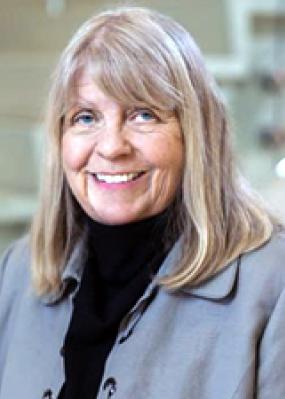
Professor
University of Kansas
Abstract: Transition metal coordination chemistry began with the incredible insight of Alfred Werner over a century ago and grew in scope to encompass many different areas and applications. Supramolecular anion coordination was recognized in the late 1960s by Park and Simmons, who observed the encapsulation of halides by bicyclic, diprotonated, diaza katapinands, in which the halides were held by hydrogen bonds with the in,in-orientated amine protons on the katapinand. The field has grown tremendously since then, as has the realization that in many respects, anion coordination seems to follow the tenets of transition metal coordination. Similarities include coordination numbers and geometries; chelate, macrocyclic, and cryptand effects; and first and second sphere coordination spheres. Short vignettes will describe anion complexes that illustrate the various aspects of anion coordination chemistry and culminate in more complex polyanion and water coordination.
Analytical, Physical and ChemBio Seminar
Thursday, October 6, 3:30 - 4:30pm, WEL 2.122
Professor
University of Notre Dame
Abstract: Electrochemical phenomena in nanostructures exhibit a range of characteristics not observed in larger structures. These include (1) novel ionic screening, permselectivity, and concentration polarization effects, (2) coupling electron transfer to fluorigenic processes in nanophotonic architectures, and (3) direct spectroelectrochemistry of single bacterial cells. Novel electrokinetic transport phenomena arise in nanoarchitectures, leading to enhanced electrochemical currents in the absence of supporting electrolyte, strong current amplification from nano-confined electrode pairs, and enhanced voltammetric sensitivity and selectivity. New experimental possibilities are also opened by the bimodal nanophotonic-electrochemical zero-mode waveguide, a powerful new approach for the study of the redox behavior of single ions/molecules, nanoparticles/bubbles, and even single bacterial cells.
Analytical, Physical and ChemBio Seminar
Thursday, September 29, 3:30 - 4:30pm, WEL 2.122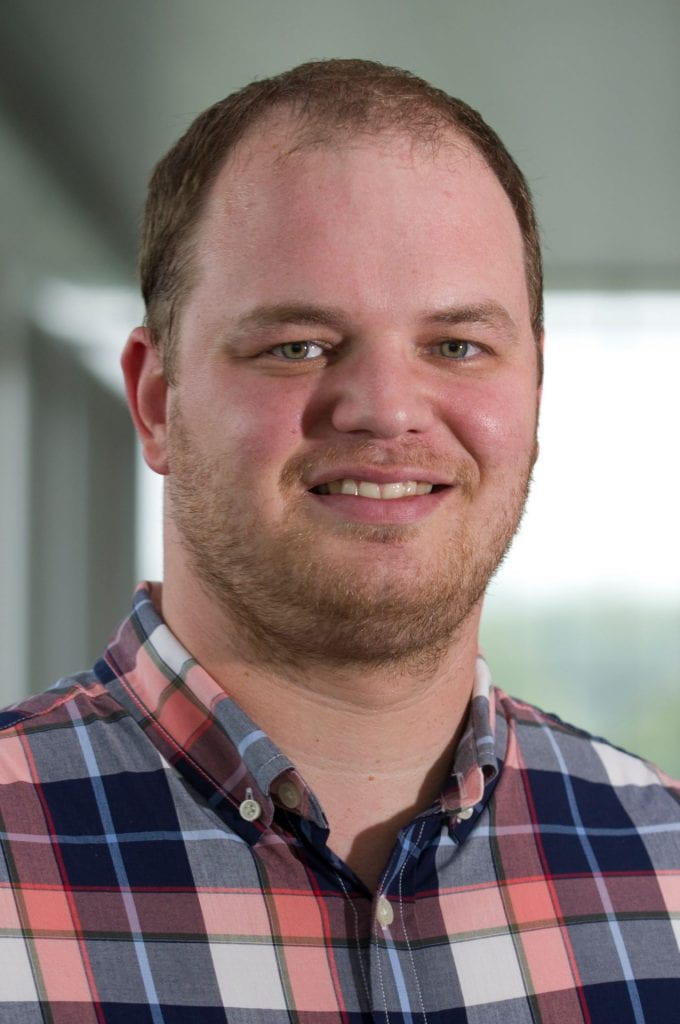
Assistant Professor
IUPUI
Abstract: Chemical modifications combined with mass spectrometry have been extensively used for identification and quantification of compounds of interest. Applications range from sample derivatization to the use of bioconjugation and chemical probes of protein structure. The Webb Lab uses solution and gaseous chemistries to facilitate the identification of compounds and their three-dimensional structures. We have used derivatization in the gas phase, a highly pure environment that accelerates reactions by orders of magnitude, with anion to cation charge inversion reactions coupled with ion mobility/mass spectrometry, to separate sugar isomers. Our group also uses chemical crosslinking, conducted in native-like solutions, to gain insight on the structures and conformational heterogeneity of dynamic protein systems. Finally, we use a combination of solution and gas-phase approaches with model folded and unfolded proteins to quantify the changes in structure upon ionization and analysis in the gas phase by mass spectrometry. We expect that these experiments will help us characterize to what extent so-called “native” mass spectrometry approaches, which in principle are high throughput and require minute amounts of sample, can be used to accurately solve structures of proteins and protein complexes.
Analytical, Physical and ChemBio Seminar
Thursday, September 22, 3:30 - 4:30pm, WEL 2.122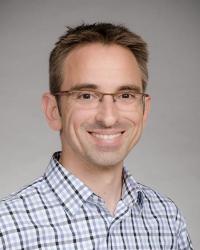
Professor
University of Washington
Abstract: For many proteins, flexibility and motion form the basis of their function. In our lab, we quantify the conformational landscapes of proteins and their changes upon interaction with external effectors. Using Double Electron-Electron Resonance (DEER) spectroscopy, a form of Electron Paramagnetic Resonance (EPR) spectroscopy, we directly measure absolute distances and distance distributions between pairs of spin labels within proteins. From the data, we build quantitative structural models of the protein's intrinsic flexibility, conformational substates, and the structural changes induced by ligands and binding partners. In this talk, I present some of our recent results that involve probing the allosteric regulation of ion channels, developing methods for robust data analysis, and measuring protein conformations directly in their native cellular environment.
Analytical & Physical Seminar
Thursday, September 15, 3:30 - 4:30pm, WEL 2.122
Assistant Professor
UCLA
Abstract: What is the narrowest electronic absorption linewidth in solution? What is the most redshifted organic electronic state? How delocalized can we make an excitation? Our research program aims to adress these questions using tools from chemical physics, systematically tested through chemical synthesis and rational design. In this seminar, I hope to teach what limits chemistry and physics set for the design of new materials, and how we can circumvent them.
Department Seminar
Thursday, September 1, 3:30 - 4:30pm, WEL 2.122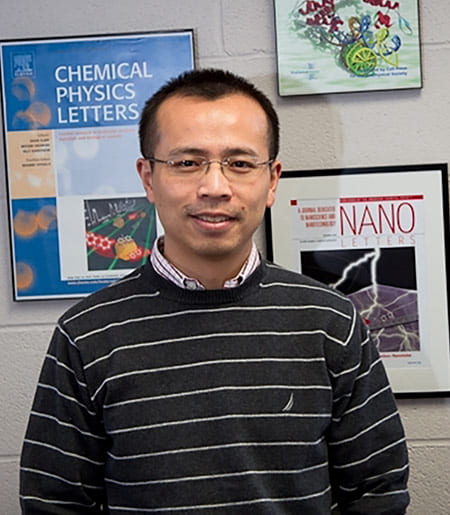
Professor
Cornell University
Abstract: This presentation will describe our efforts in developing and applying single-molecule imaging approaches to study surface reactions and processes on nano- and micro-scale particles. I will first give some background on single-molecule, super-resolution fluorescence imaging of catalytic reactions on single nanoparticles. I will then present our more recent work of imaging nonfluorescent surface processes at super optical resolution as well as of studying photoelectrochemical properties of particulate photoelectrodes.
Department Seminar
Wednesday, August 17, 3:30 - 4:30pm, WEL 2.122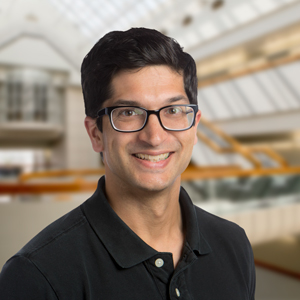
Professor
Scripps Research Institute
Abstract:

Seminar tabs are listed in the order of upcoming dates, followed by past seminars (most recent first).

This work is licensed under a Creative Commons Attribution-NonCommercial 4.0 Generic License.